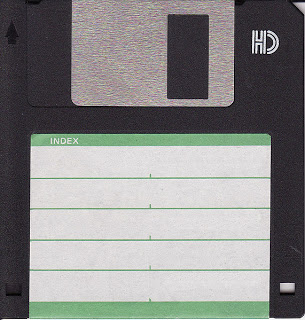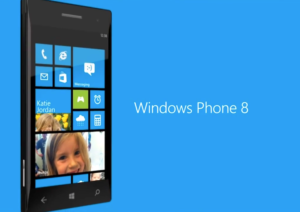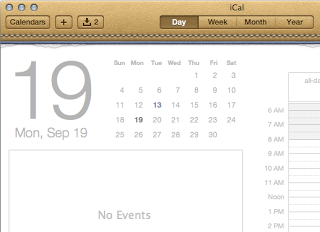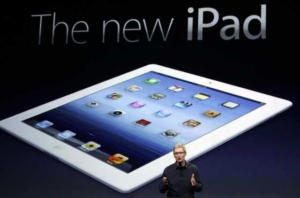Tomorrow Americans will celebrate Thanksgiving. This is an odd holiday. It’s partly religious, but also partly secular, dating back to the English colonization of eastern North America. A recent tradition is for people to share what they are thankful for. In a lighthearted way, let me share some of my tech-related joys.
• I am thankful for PDF files. Websites that share documents in other formats (such as Microsoft Word) are kludgy, and document never looks quite right.
• I am thankful for native non-PDF files. Extracting content from PDF files to use in other applications is a time-consuming process that often requires significant post-processing.
• I am thankful that Hewlett-Packard is still in business – for now at least. It’s astonishing how HP bungles acquisition after acquisition after acquisition.
• I am thankful for consistent language specifications, such as C++, Java, HTML4 and JavaScript, which give us a fighting chance at cross-platform compatibility. A world with only proprietary languages would be horrible.
• I am thankful for HTML5 and CSS3, which solve many important problems for application development and deployment.
• I am thankful that most modern operating systems and applications can be updated via the Internet. No more floppies, CDs or DVDs.
• I am thankful that floppies are dead, dead, dead, dead, dead.
• I am thankful that Apple and Microsoft don’t force consumers to purchase applications for their latest desktop operating systems from their app stores. It’s my computer, and I should be able to run any bits that I want.
• I am thankful for Hadoop and its companion Apache projects like Avro, Cassandra, HBase and Pig, which in a only a couple of years became the de facto platform for Big Data and a must-know technology for developers.
• I am thankful that Linux exists as a compelling server operating system, as the foundation of Android, and as a driver of innovation.
• I am thankful for RAW photo image files and for Adobe Lightroom to process those RAW files.
• I am thankful for the Microsoft Surface, which is the most exciting new hardware platform since the Apple’s iPad and MacBook Air.
• I am thankful to still get a laugh by making the comment, “There’s an app for that!” in random non-tech-related conversations.
• I am thankful for the agile software movement, which has refocused our attention to efficiently creating excellent software, and which has created a new vocabulary for sharing best practices.
• I am thankful for RFID technology, especially as implemented in the East Coast’s E-Zpass and California’s FasTrak toll readers.
• I am thankful that despite the proliferation of e-book readers, technology books are still published on paper. E-books are great for novels and documents meant to be read linearly, but are not so great for learning a new language or studying a platform.
• I am thankful that nobody has figured out how to remotely hack into my car’s telematics systems yet – as far as I know.
• I am thankful for XKCD.
• I am thankful that Oracle seems to be committed to evolving Java and keeping it open.
• I am thankful for the wonderful work done by open-source communities like Apache, Eclipse and Mozilla.
• I am thankful that my Android phone uses an industry-standard Micro-USB connector.
• I am thankful for readers like you, who have made SD Times the leading news source in the software development community.
Happy Thanksgiving to you and yours.


 It take a lot to push the U.S. elections off the television screen, but Hurricane Sandy managed the trick. We would like to express our sympathies to those affected by the storm – too many lives were lost, homes and property destroyed, businesses closed.
It take a lot to push the U.S. elections off the television screen, but Hurricane Sandy managed the trick. We would like to express our sympathies to those affected by the storm – too many lives were lost, homes and property destroyed, businesses closed.




